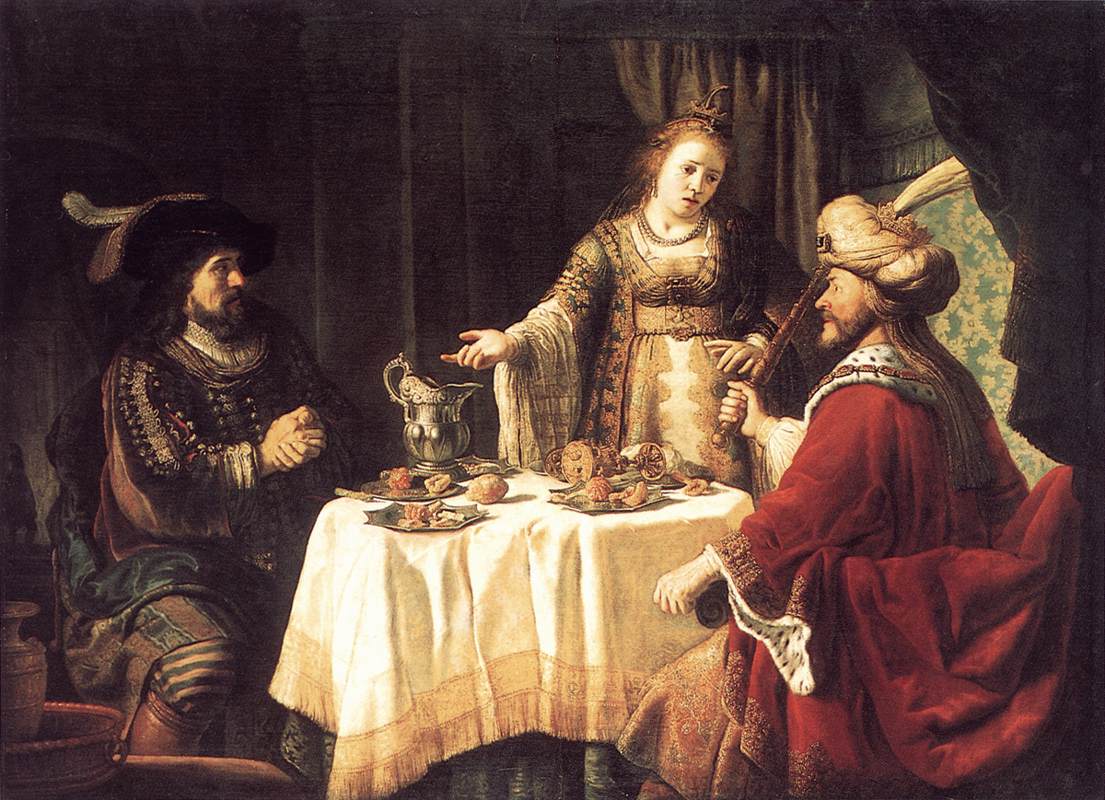
Later this month, we will read and commemorate the story of Purim and celebrate Esther’s bravery with revelry and joy. There is a lot for Megillat Esther to teach us – about the role of activism, helping those in need, the rights of women and an array of other topics. It also provides a deep look into anti-Semitism, how those with anti-Semitic attitudes advance their views and how we can respond.
Haman sets out to destroy the Jews after he becomes incensed by Mordechai’s refusal to bow down to him – a refusal that was rooted in Mordechai’s faith. When he lobbies King Ahasuerus for a decree that will endorse this genocidal campaign, Haman employs the anti-Semitic trope of dual loyalty, saying: “There is a certain people … dispersed among the peoples in all the provinces of thy kingdom; and their laws are diverse from those of every people; neither keep they the king's laws” (Esther 3:8). The Jews, Haman asserts, are disloyal to their king because they are loyal to their religion and therefore must be destroyed.
This argument, among other insidious claims, has been used against the Jews for centuries. It relies upon a false claim – that Jews are incapable of devotion to their own community and to their neighbors and fellow citizens. In the Purim story, the irony of this claim could not be starker: Ahasuerus’ life is saved by a Jew and his queen is Jewish as well.
In fact, Esther exposes this irony in her response to Haman’s plan by refusing to accept the argument that she must choose between her country and her people. She does not use her power to secretly thwart the King’s decree; instead, she openly brings her position as queen and her Jewish identity to the banquet table, asking Ahasuerus to save her life and her people and showing him that he was wrong to view the Jews as the other.
Of course, this is not where the story ends. It tragically continues with the Jews defending their lives by killing thousands of Persians. It is vital that we struggle with this response to anti-Semitism, and remember that the most effective ways of fighting oppression focus on building shared society rather than resorting to violence. Indeed, we should follow Esther’s example not only of taking her advocacy directly to those in power, but also of asserting the fact that her allegiance to her faith and to her country are not mutually exclusive.
In today’s world, where anti-Semites assert that one cannot be fully Jewish and French, Jewish and Danish, Jewish and Hungarian or Jewish and American, we must vehemently disagree. As we defend our rights and the rights of all religious groups not only to exist and practice their faith, but also to participate in civic life, we can work towards a future defined not by the darkness of anti-Semitism, but by the light celebrated at the end of the Megillah:
“La-yehudim, hayta orah v’simcha, v’sasson, vikar – For the Jews there was light and gladness, joy and honor” (8:16).
Learn more about our work to address anti-Semitism by visiting RAC.org, where you can also find holiday guides to use in your Purim celebrations.
Related Posts

Remarks from Rabbi Eliana Fischel at Jewish Gathering for Abortion Access

Teens from North Carolina Speak About Environmental Justice


